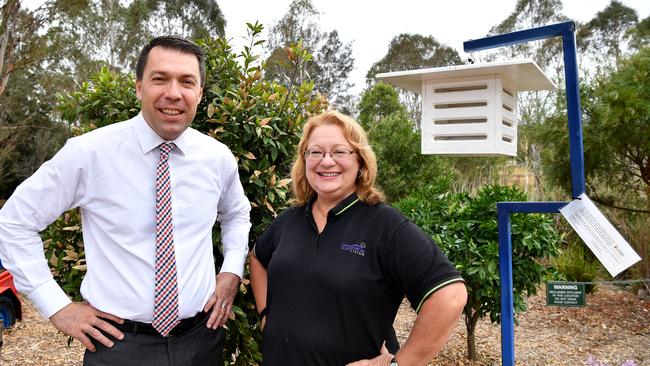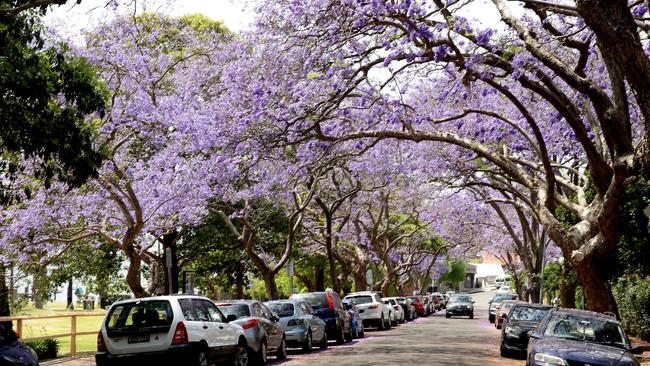Campbelltown Council has a green plan to cool our suburbs from hot summer heat
It’s getting hotter in the city thanks to reasons including the urban heat island effect and now Campbelltown Council has a green plan to cool our region.

Macarthur
Don't miss out on the headlines from Macarthur. Followed categories will be added to My News.
- 17 firefighters rescue pregnant cow stuck in the mud
- Parents start charity Smiles 4 Aria to spread water safety message
IT”S getting hotter in our cities thanks to reasons including the urban heat island effect and now Campbelltown Council has a green plan to cool our region.
Campbelltown Mayor George Brticevic’s plan includes the use of light-coloured buildings and roofs which reflect sunlight on a hot day, planting avenues of shady trees and creating terrace and rooftop gardens in highrise developments in the CBD.
Cr Brticevic revealed his vision while discussing a new partnership between the council and the University of NSW’s Faculty of the Built Environment to test the urban heat island effect on the Campbelltown region.
The urban heat island effect happens when cities have less vegetation and green areas and more dark coloured buildings, asphalt and concrete for example and this causes the surface temperature to become warmer than the nearby countryside.

As part of the study, three weather stations have been installed in the region, including at
the Macarthur Centre for Sustainable Living, at Mt Annan, to measure and map thermal conditions including air and surface temperature and relative humility.
The weather stations will also investigate the impact of the urban heat island effect on energy consumption and the environmental quality of buildings in the Macarthur region and Sydney.
Cr Brticevic said he hoped the results of the study would help to improve building practices and planning, lead to the planting of more trees and reduce our energy consumption and urban footprint.
“If we change our built environment to more green areas and instead of dark bricks and colours we have a canopy of trees, rooftop and terrace gardens and green verges, we will stop the urban heat island effect,’’ Cr Brticevic said.
“I’d like to double our annual tree planting.’’
He saw first hand how the built environment can increase the surface temperature in suburbs when he and UNSW researcher Dr Riccardo Paolini tested the surface temperature in Macarthur Heights using an infra-red camera on a hot 40C day last Wednesday.

On that day, a black and grey roof had a surface temperature of 53C, a road surface was 53C, dry grass was 50C, a white roof was 43C and shade from a tree was 35C.
“I was amazed by these temperatures on a 40C day,’’ Cr Brticevic said.
“I am more determined to green our city and established suburbs and to teach people to build using light coloured roofs and bricks.
“Double insulation will reduce our energy consumption.’’
Cr Brticevic also has a plan, which is being investigated by staff, for the council to plant trees on the kerbside outside homes at sites requested by residents.
A report on the plan is due to be presented to the council in early March.
In October last year, the Macarthur Chronicle reported schoolboy Dan Pickles’ one-man mission to rescue jacaranda seedlings and finding them new homes to cool the Macarthur region.


